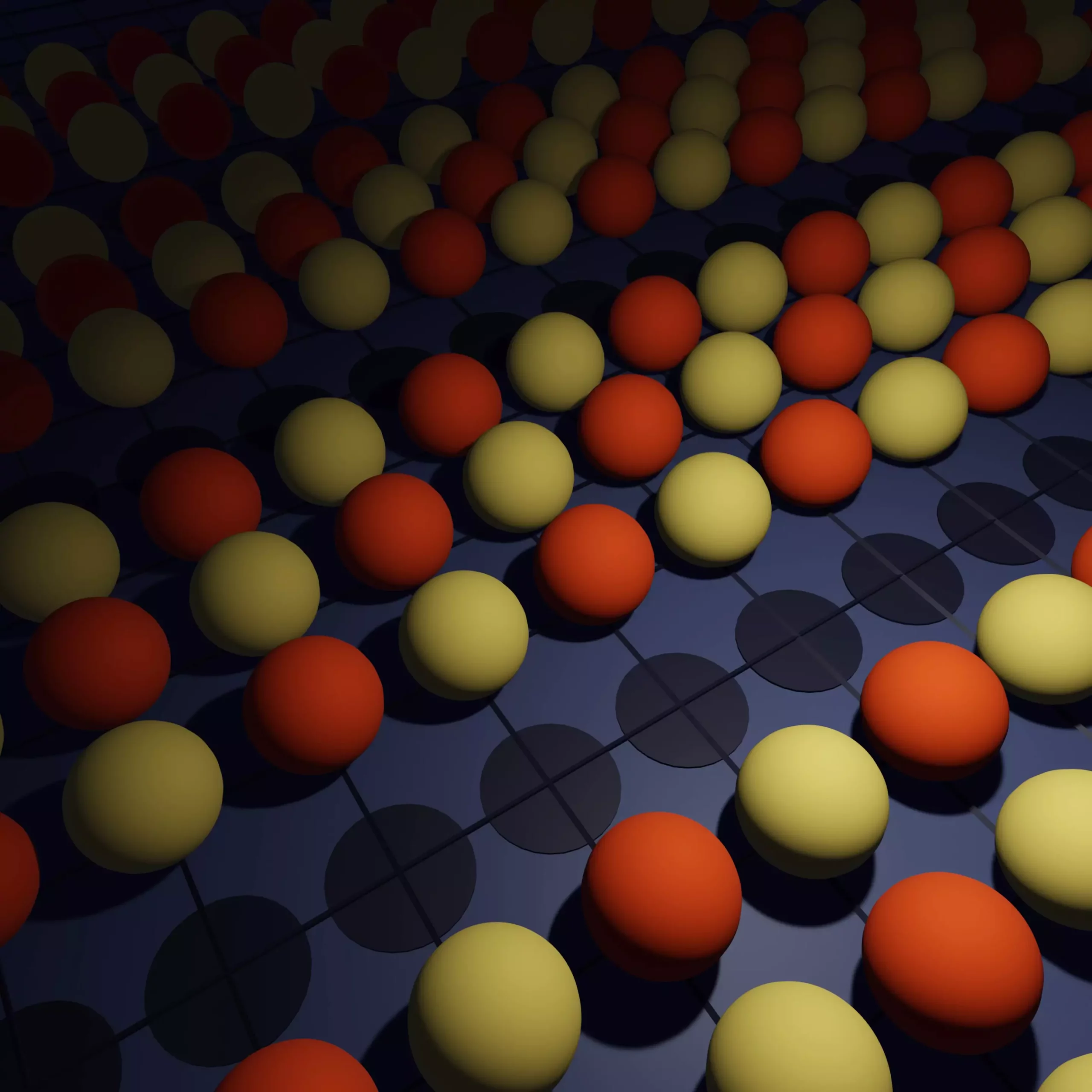In the realm of condensed matter physics, the phenomenon of superconductivity has fascinated scientists for decades. Particularly intriguing is the concept of the “pseudogap,” a state demonstrated by certain high-temperature superconductors made from copper and oxygen. Despite displaying superconductivity at temperatures below -140 degrees Celsius, these materials encounter a puzzling phase transition at higher temperatures where their behavior resembles both normal metals and semiconductors. This intricate dance of electron behaviors presents significant challenges in comprehending the underlying principles of superconductivity, a field with implications for groundbreaking applications, such as lossless power transmission and advanced levitating transport systems.
Decoding the Pseudogap Mystery
Recent advancements in computational techniques have brought a new level of clarity to understanding the pseudogap. The pioneering research published in the journal Science showcases how the interplay of sophisticated algorithms and mathematical models can shed light on this elusive quantum state. The study, co-authored by a team of dedicated physicists, reveals key insights into how the pseudogap emerges in high-temperature superconductors and its eventual fate as the materials approach absolute zero—a temperature at which all molecular motion ceases.
Duelling theories have previously clouded the field regarding whether the pseudogap transitions into a more ordered state, such as the striped phase or even superconducting phase at absolute zero. Such questions have lingered on the scientific frontier, generating rigorous debate in the community. The recent work harnesses the strength of the diagrammatic Monte Carlo algorithm, enabling researchers to model electron interactions across an entire system, thereby painting a more comprehensive picture.
One standout computational technique central to the study is diagrammatic Monte Carlo, which improves upon earlier methods by providing a framework that accounts for the interplay of multiple electrons in a material. This is of paramount importance since traditional approaches tend to focus on smaller, localized sets of particles, painting an incomplete picture of material behavior. The research team discovered that in high-temperature superconductors, cooling the material results in distinct properties governed by the arrangement of electrons.
The Hubbard model, often likened to a chessboard where electrons move under specific rules, serves as a cornerstone for the simulation efforts. It allows scientists to visualize how electron configurations evolve as one manipulates variables such as temperature and electron density. Through the enhanced capabilities of the diagrammatic Monte Carlo method, the study reveals that at sufficiently low temperatures, materials in the pseudogap state indeed transition to a striped arrangement, where electrons align in specific configurations.
The ramifications of these findings are profound, marking a significant leap toward achieving one of the long-coveted goals of physicists: room-temperature superconductivity. If researchers can continue to elucidate the behavior of materials in this challenging pseudogap state, the potential for developing superconductors functional at higher temperatures becomes more tangible.
Antoine Georges, one of the leading contributors to the research, eloquently describes the transformative nature of these revelations. He likened the scientific process to navigating through a foggy landscape, where the contours of pivotal phenomena were obscured until now, when the mysterious fog of misunderstanding begins to lift. Such comparisons underline the excitement permeating the field as new discoveries provide clearer insights into the complexities of quantum materials.
Beyond enhancing theoretical knowledge, these methods have far-reaching implications in experimental physics, particularly in the field of ultracold atom simulations. Scientists are beginning to explore how quantum gas experiments, which entail cooling atoms to almost absolute zero, can be aligned with theoretical models such as the Hubbard model. Integrating such experimental techniques with computational findings could accelerate the pace of discovery and innovation.
Furthermore, this research fosters a collective effort within the scientific community to reconcile various computational approaches, thereby tackling the challenging questions that have long perplexed physicists. With an expanding toolkit for investigating superconducting phenomena, it promises to usher in a new era of understanding in quantum materials.
The recent breakthroughs in understanding the pseudogap represent a significant step forward in the quest to unlock the mysteries of high-temperature superconductivity. By merging advanced computational techniques with theoretical models, scientists are not only dispelling confusion but also setting the stage for next-generation technologies that may revolutionize energy transmission and multi-modal transportation. The journey of discovery continues, with each step revealing more of the complex yet fascinating landscape of quantum physics.

